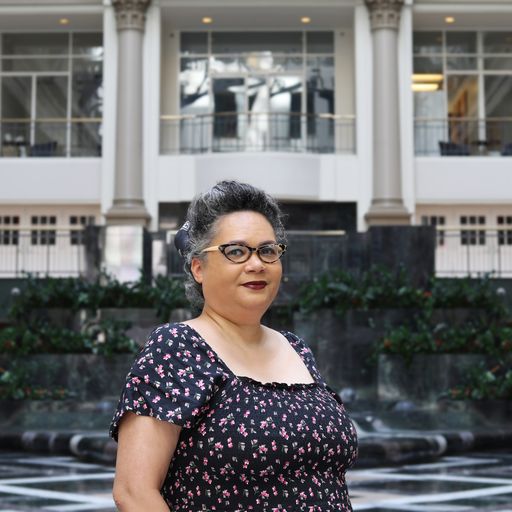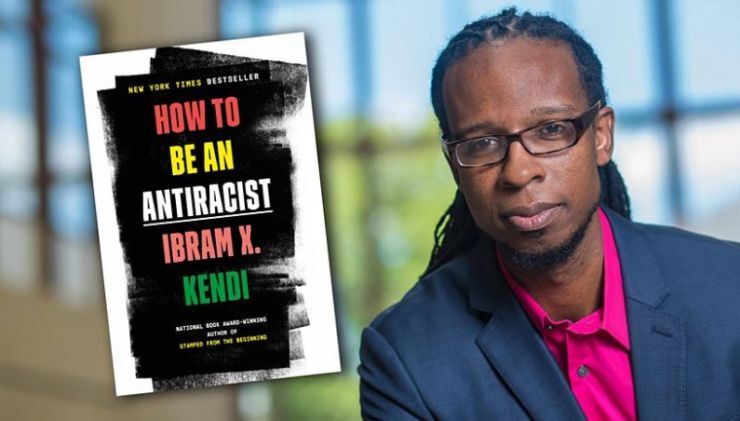When Dr. Ibram X. Kendi’s book “How to Be an Antiracist” dropped in August 2019, it was highly anticipated and instantly embraced by many antiracism advocates and scholars as a deeper dive into the concepts of systemic racism and how to combat them.
Ten months later, as “Black Lives Matter” went mainstream, there was a rush to buy books dealing with racism. Some of those books lost their luster as the book-buying patterns bypassed Black voices in favor of white authors. But Dr. Kendi’s book held up, even as the word “antiracism” was spun as something extreme and unseemly while diversity training was declared, by some, to be ineffective (and worse).
Sometime before the COVID-19 pandemic took hold of the U.S., Rebecca Cotto, YWCA Delaware’s director of racial and social justice, planned to bring Kendi to Delaware for a special event, which, like many events, was canceled due to the pandemic.
This Sunday, the event is back on, held virtually via YouTube Live, thanks in part to a partnership with M&T Bank.
“It was a little bit of an aligning of the stars because we’ve been on this journey at the bank where we sort of took an introspective look at ourselves,” said M&T Chief Diversity Officer Glenn Jackson. “We said hey, we can talk about all this stuff and check all these boxes, but rather than do that, why don’t we as an organization ask our colleagues and employees who we really want to be?”
When the bank — whose CEO, René Jones, is one of just five Black CEOs in the Fortune 500 — committed to going deeper with diversity and inclusion practices, it took them down a path, Jackson says, that brought them to the right place at the right time to get involved with a Kendi event.
“In a way, if this had happened last year, I think of the journey we’re on and wonder if we would have missed an opportunity because we weren’t there yet,” Jackson said. “It’s perfect timing.”
He describes Kendi’s teachings, which many employees read and discussed before M&T was involved in the event, as more advanced than what typically goes on in a diversity training seminar.
“We didn’t want it to be Diversity 101, the ‘Is there a problem?’ conversation — we’re beyond that,” he said. “There’s a challenge in front of us, now how do we continue to ramp up the conversation? Instead of 101, this is 201. How do we address systemic challenges, policies, explore as an organization and community? I think the folks who are going to be tapping into this are going to be expecting us to push it further down the path.”
M&T’s D&I strategy began its overhaul about a year ago.
“What we did is,” Jackson said, “we went out and said, ‘Let’s go interview our colleagues, and let’s index toward marginalized groups and ask them what they need to see and experience to feel like not only do they belong and are included, but they really can fly here, that we’re supporting their careers equitably.””
They came back with three main takeaways:
- “We have to be able to see ourselves in every part of the organization — the board all the way down,” he said. “If I can truly see myself, then I can truly be myself.”
- “We have to be our authentic selves. What we then found is, some people didn’t understand what that meant, they didn’t understand what covering meant. We went through the concept of covering with some of our leaders to say some people feel like they have to act a certain way, speak a certain way, they have to do things because it’s expected otherwise they cannot advance. These are the things we need to think about.”
- “If you actually start to build out more pipelines so people can see themselves throughout the entire organization, you’re encouraging and building an environment with less unconscious bias, so people can truly be themselves.”
The organization structured itself into those three lanes. The second lane — unconscious bias — is the biggest challenge.
“It’s one thing to go through [unconscious bias training] with your team. It’s another to talk about how it shows up in your systems, your process and procedures,” Jackson said. “If you miss that, you’ve missed the whole thing. We have an unconscious bias ideation team that is going throughout the organization with teams to find where it might be showing up in the process in their day jobs.”
Tapping into the networks of colleagues and employees who attended HBCUs like Delaware State University has helped bridge the hiring gap.
“Now we’re finding the [Black] talent — it’s there, it’s always been there,” he said. “Now how do we help the talent once it gets here accelerate through the organization? You’ve got to be intentional.”
That kind of intentionality can cause discomfort, something Jackson says the company tries to deal with empathetically, without pulling back.
“We’re trying to thread a really tough needle that, frankly, has never been threaded before.”
Register for the live eventJoin our growing Slack community
Join 5,000 tech professionals and entrepreneurs in our community Slack today!
Donate to the Journalism Fund
Your support powers our independent journalism. Unlike most business-media outlets, we don’t have a paywall. Instead, we count on your personal and organizational contributions.

How DC protesters are protecting themselves online while calling out the Trump administration

Developing tech for government agencies? Participant advisory councils can help get it right.

This Week in Jobs: Fly high with these 29 tech career opportunities


